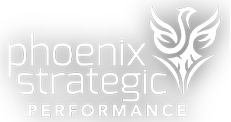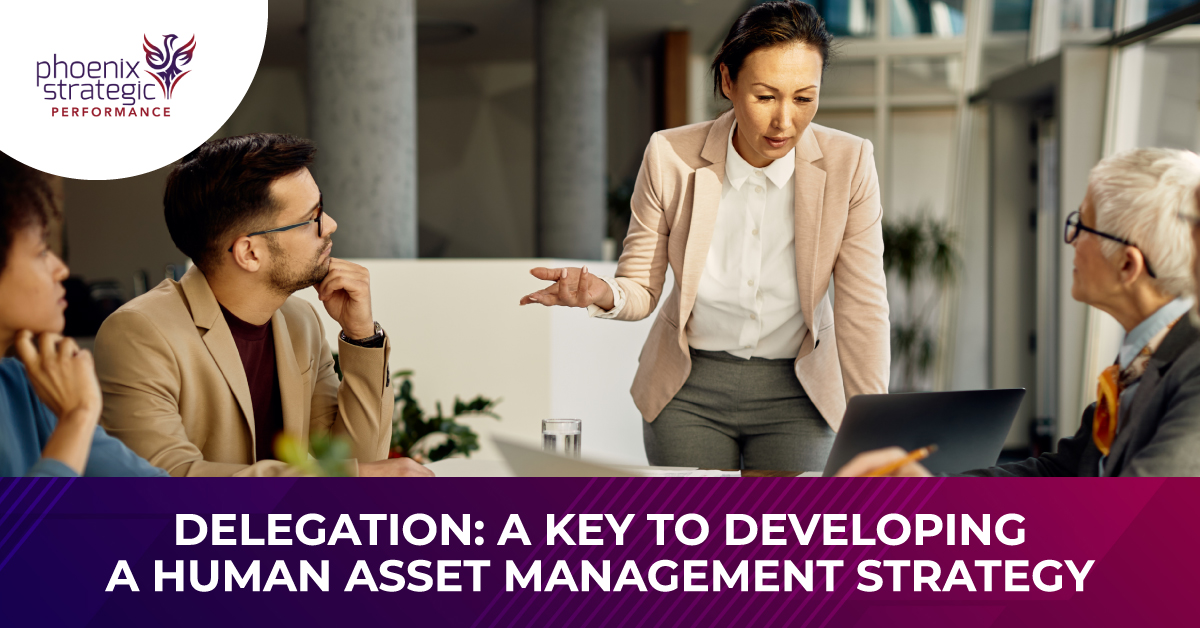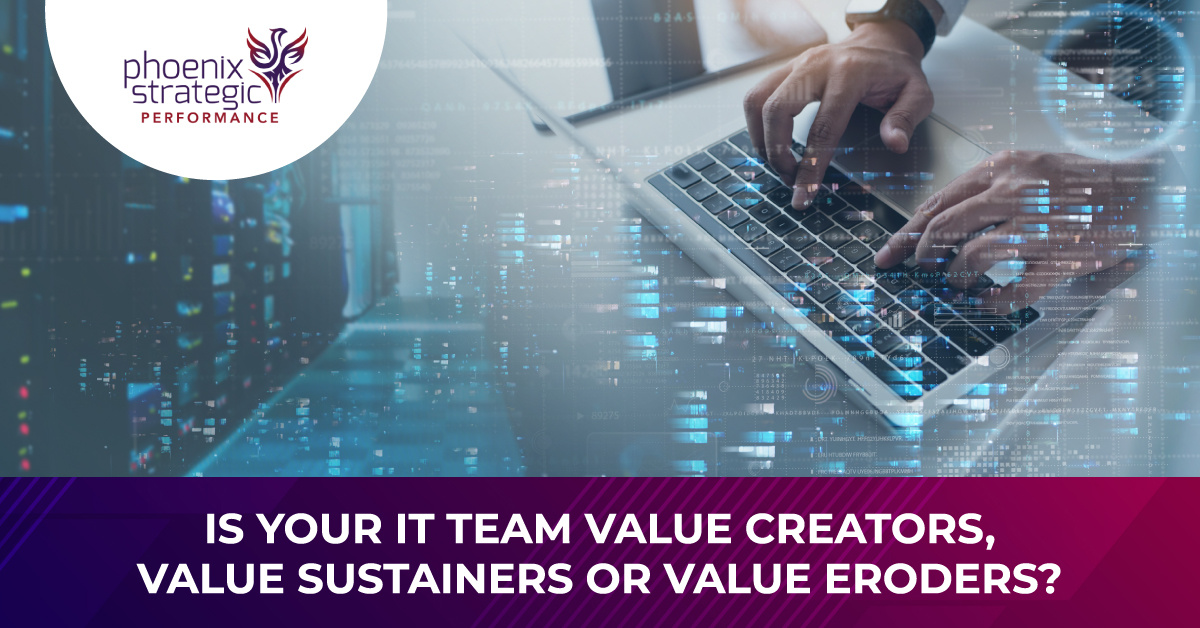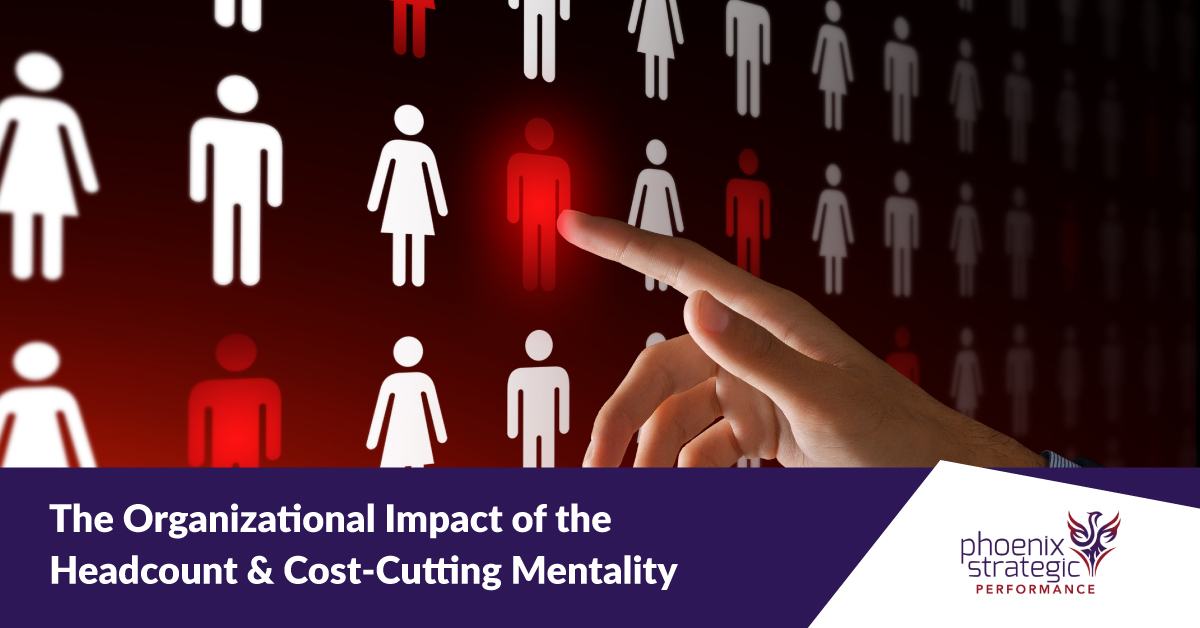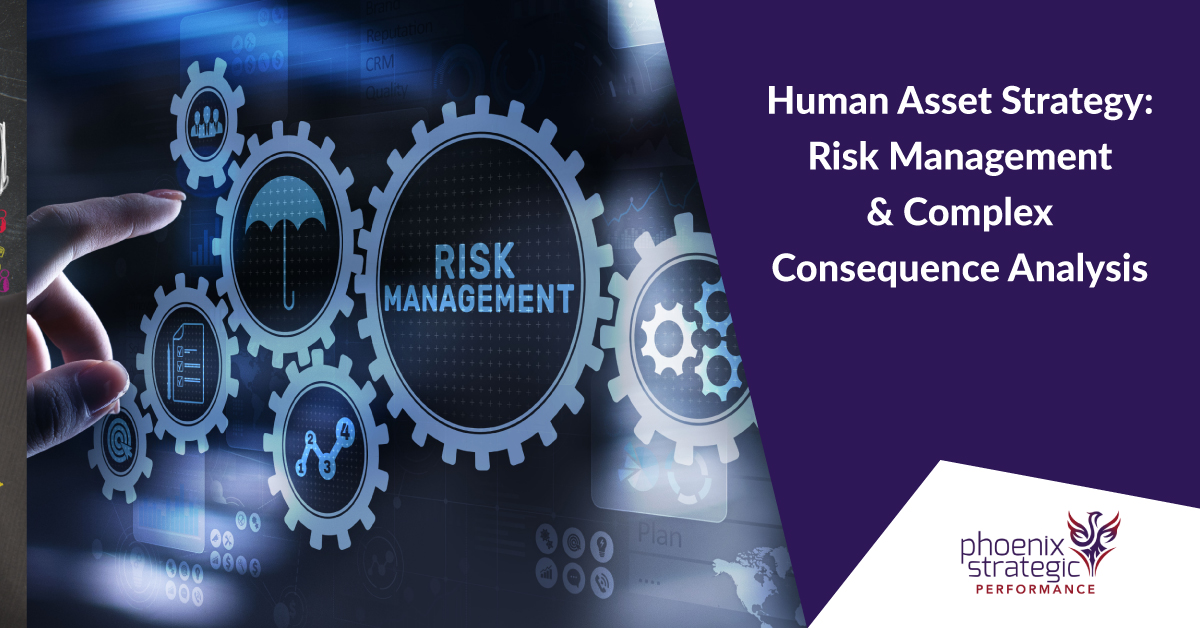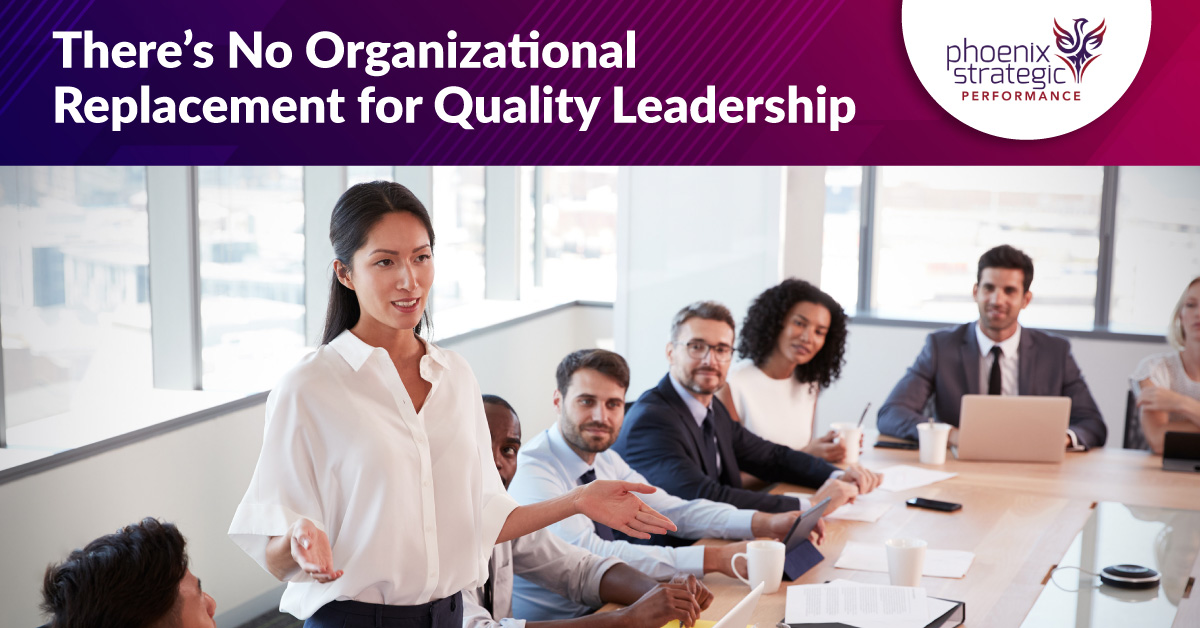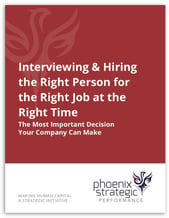As you may know, I recently co-authored the book, “The Female Factor: A Confidence Guide for Women.” The 3-part chapter of the book entitled, “Spanning Generations as We Journey Ahead,” focuses on the issues of women in the workforce over the past 50 years, looking at what has changed, what has not, and what women can do to move their careers forward.
I also want to share the work of our strategic partner, Elyse Flynn Meyer, Owner & Founder of Prism Global Marketing Solutions, also wrote a chapter for the same book that you may find beneficial. Her section of the book focuses on 6 key strategies she has found very helpful in managing her career, including ideas and personal stories specifically for early-stage women in business (1-10 years of experience). Download Your Copy of the Book Chapter.
